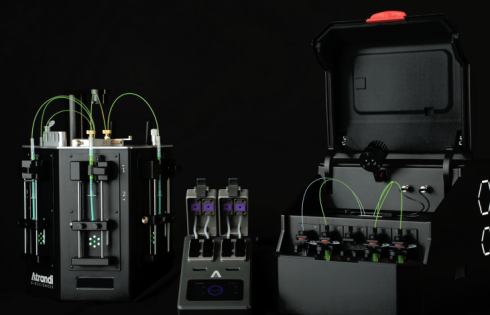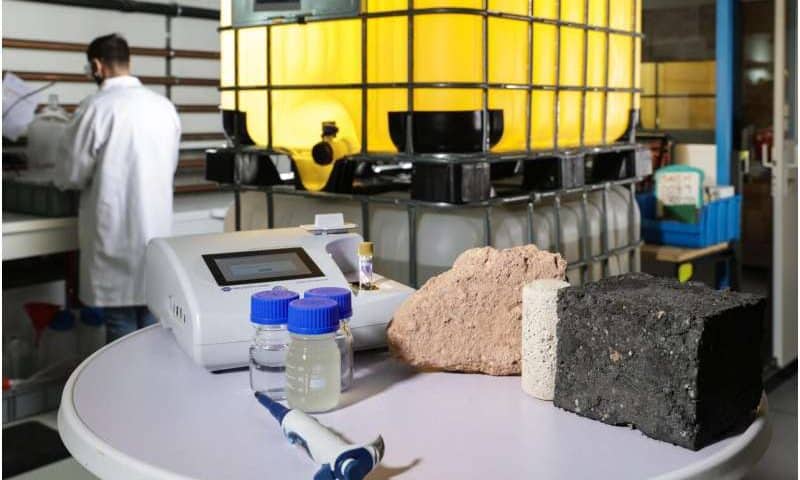
Atrandi Biosciences has raised $25 million in a Series A funding round led by Lux Capital, with participation from Vsquared Ventures, Practica Capital, Metaplanet, and CRIDS Capital. The company plans to use the funds to develop new products based on its semi-permeable capsule (SPC) technology as well as to set up an office in Boston which will allow the company to better serve its U.S. customer base.
Atrandi, which means “you discover” in Lithuanian, was launched in 2016 to address technological challenges associated with single-cell analysis. As Juozas Nainys, PhD, Atrandi’s CEO & co-founder, explained, the company was launched “to bridge a fundamental gap in biological research—the need for high-throughput, scalable technologies to manipulate and analyze single cells with precision.” Furthermore, “our SPC technology is a fundamental breakthrough born from a need to overcome the limitations of existing single-cell analysis tools, giving researchers the possibility to generate rich datasets with an unprecedented combination of throughput, multimodality and data quality.”
Atrandi will use some of the funds from its Series A to extend its offerings for DNA analysis from single cells, Nainys told GEN. The company already has a solution for microbial cells and expects to launch an option that works for eukaryotic cells later this year. They will be able to support whole genome analysis as well as more targeted analysis of single cells. Next year, Atrandi will focus on developing products for multi-omic analysis—specifically DNA and RNA analysis from single cells.
Designed for high-throughput single-cell research, Atrandi’s SPCs are aqueous compartments that are enclosed by a semi-permeable shell. They are designed to isolate single cells and nucleic acids while enabling the exchange of small molecules like enzymes and nutrients. The ability to exchange materials is an important part of SPCs value proposition for single cells and something that sets Atrandi’s technology apart from current droplet microfluidics technologies, according to Nainys. Typically, “once you form a droplet you can add reagents to it … but you can never remove [them],” he explained. “That’s very limiting [because] there are so many different molecular biology reactions that just do not work together or require specific pH [and] buffers.”

